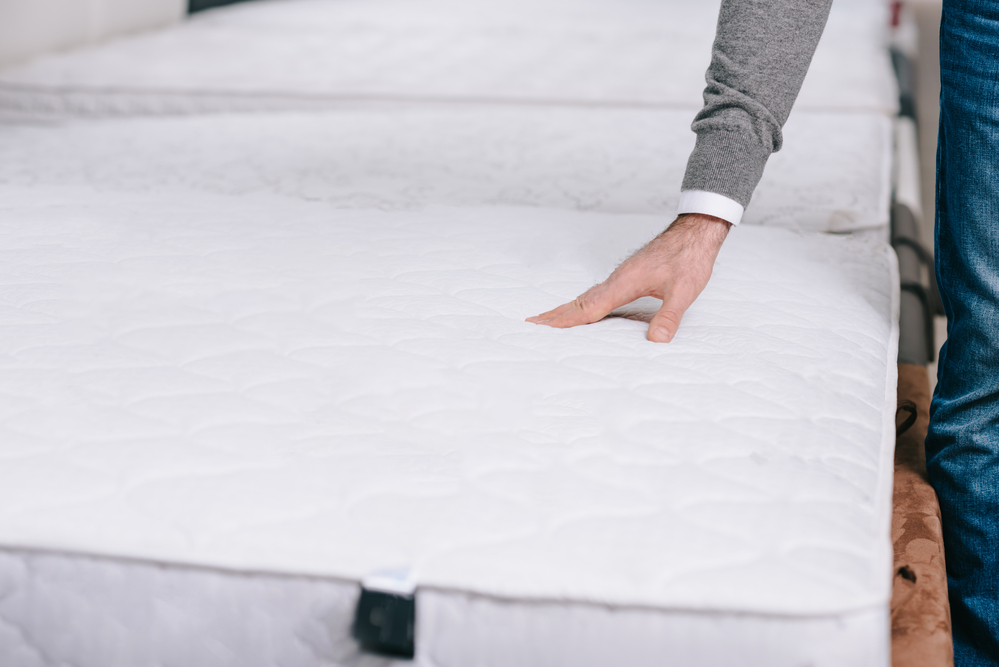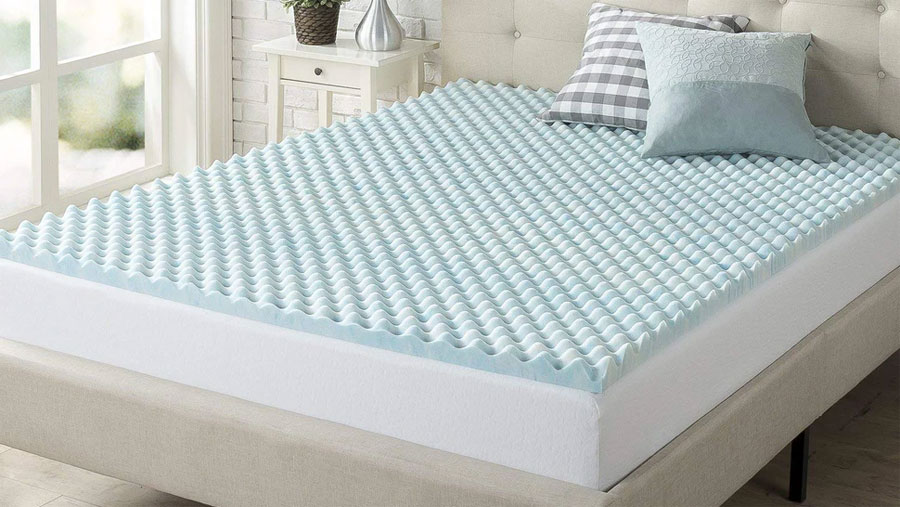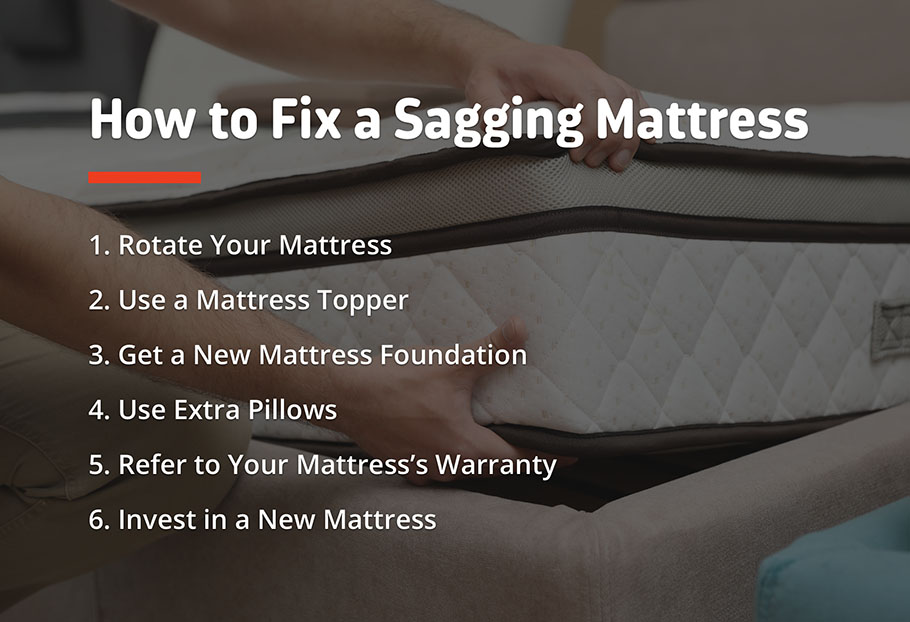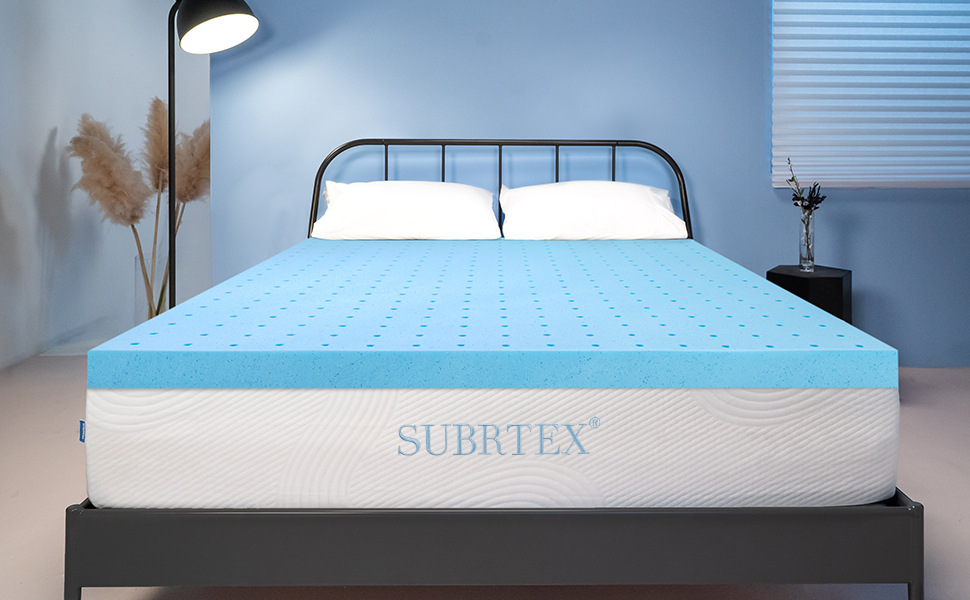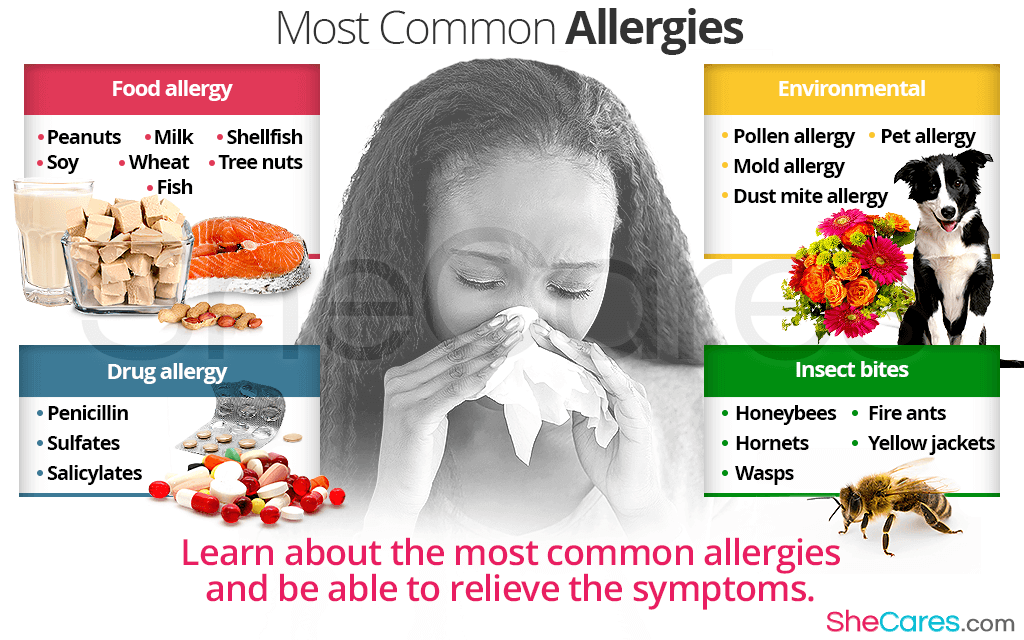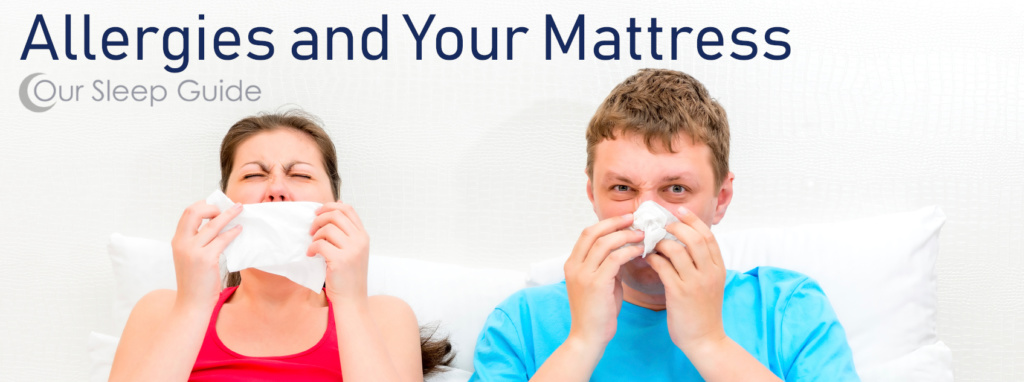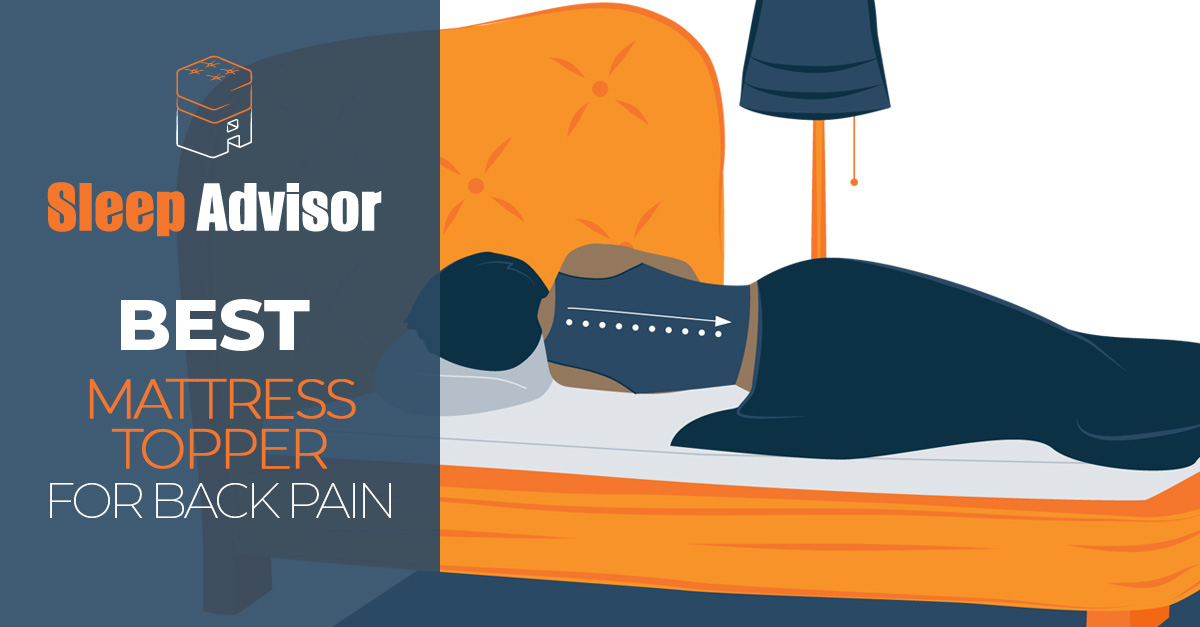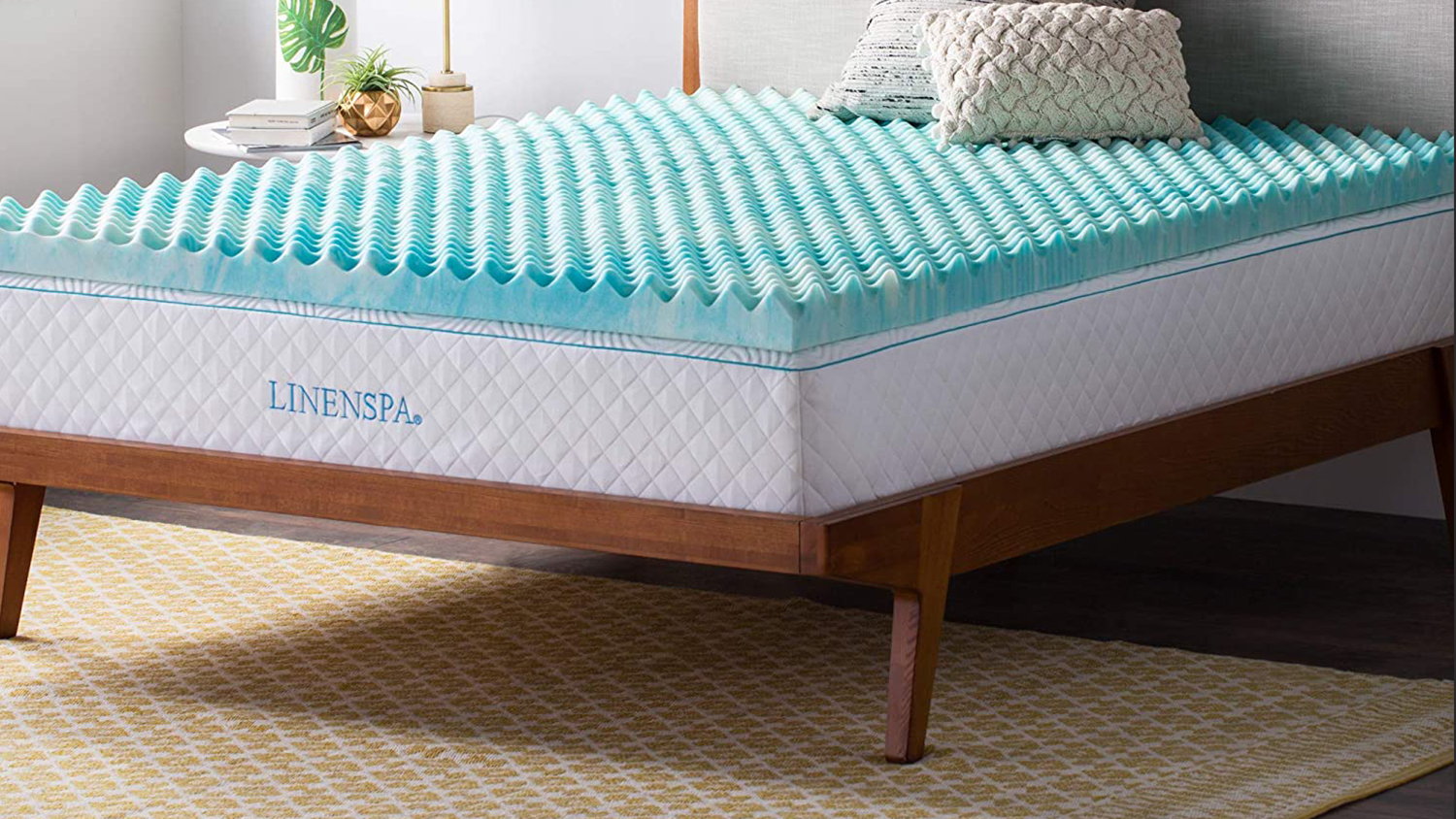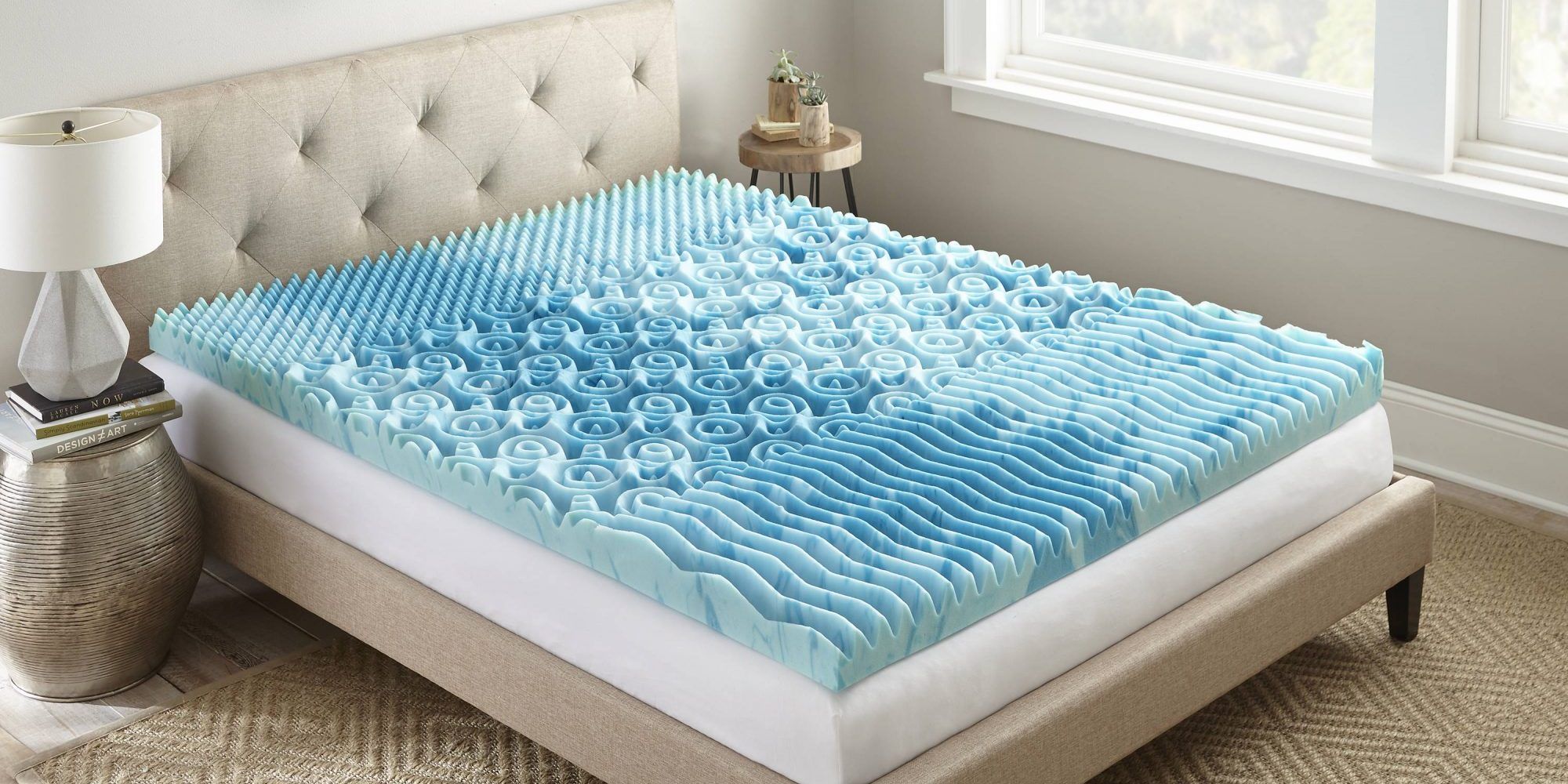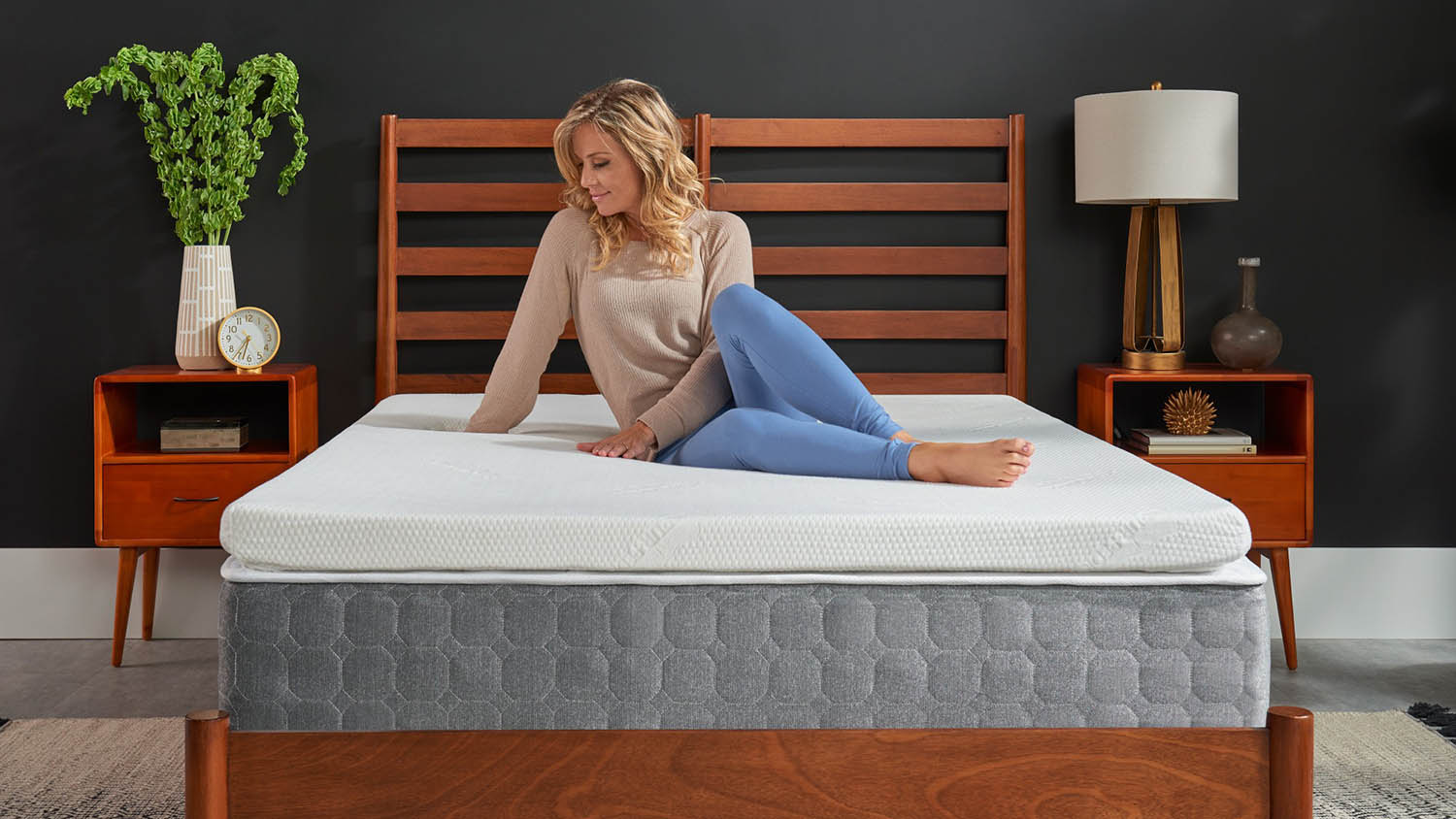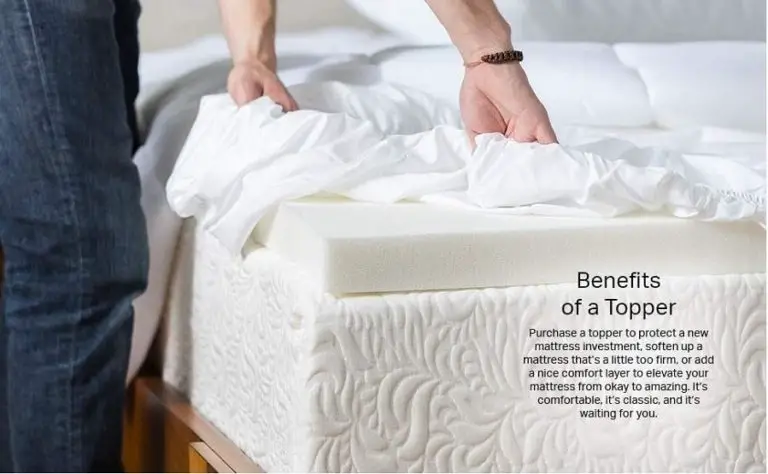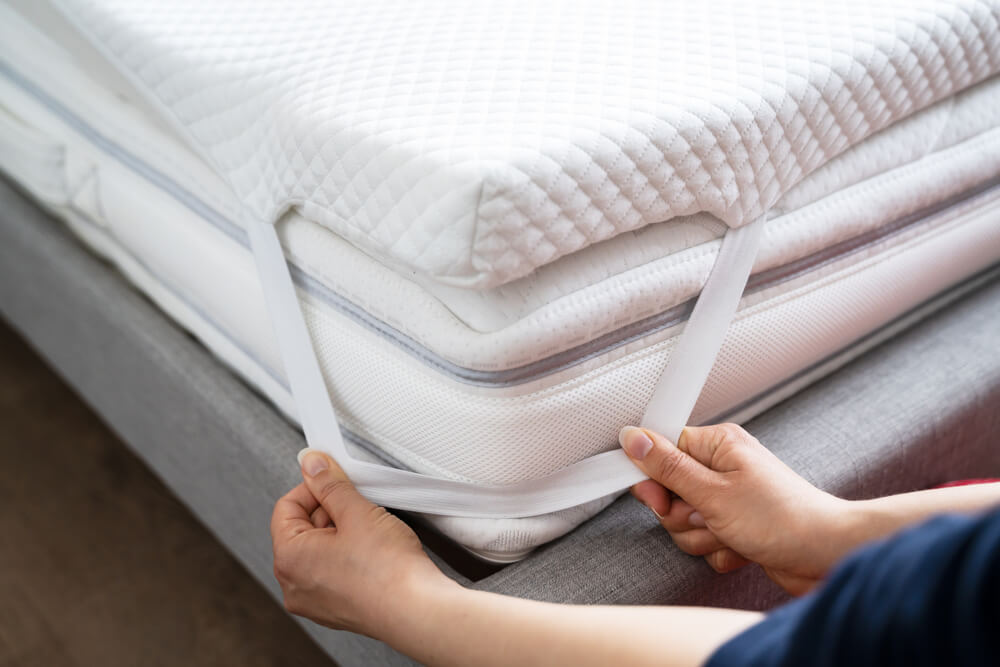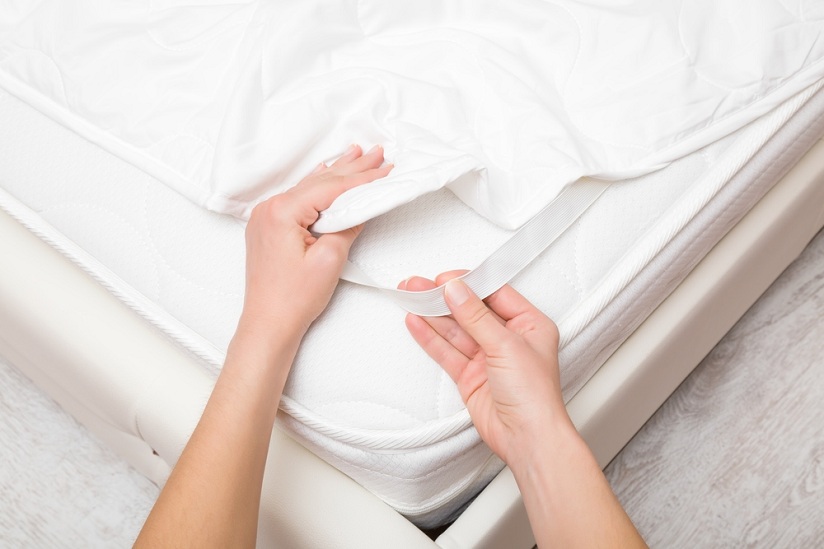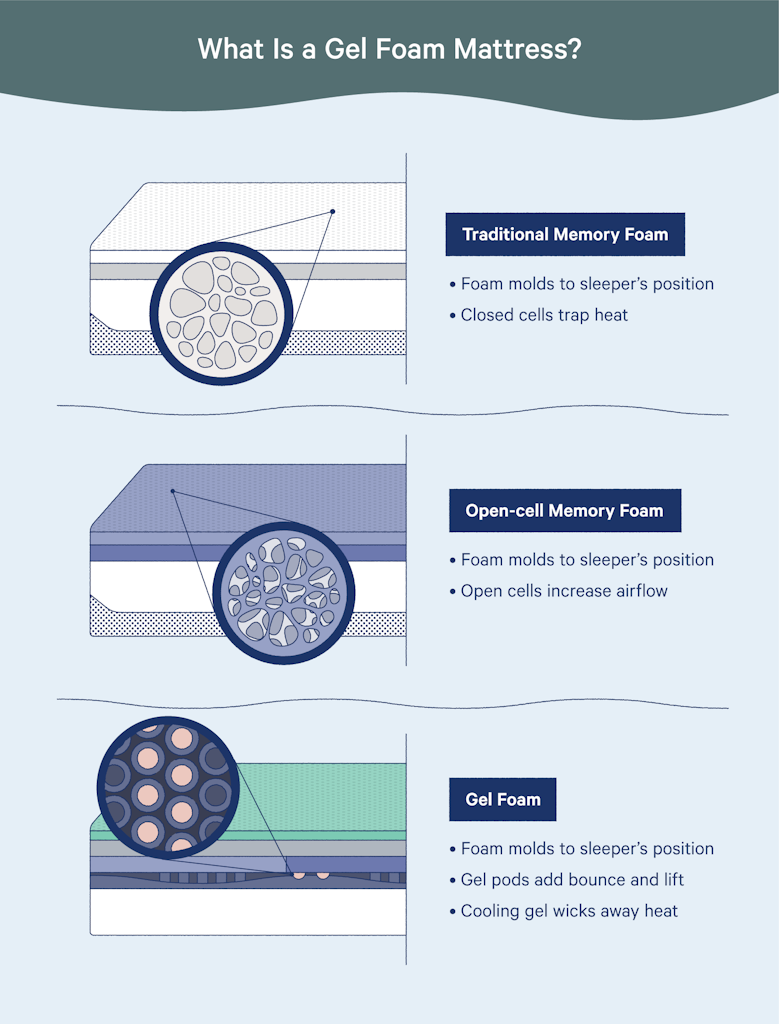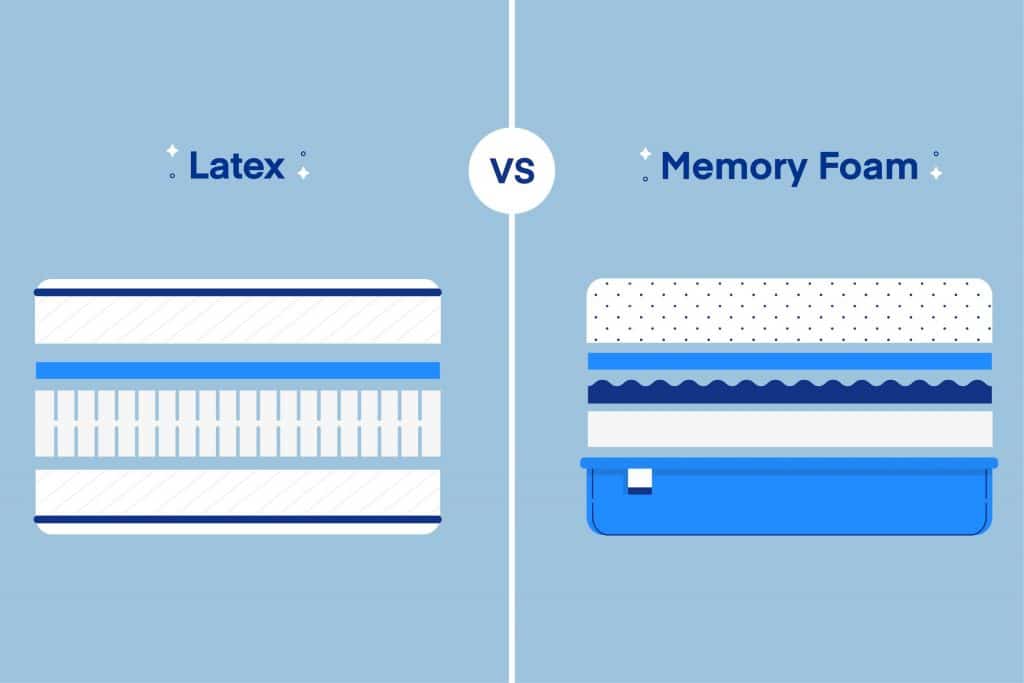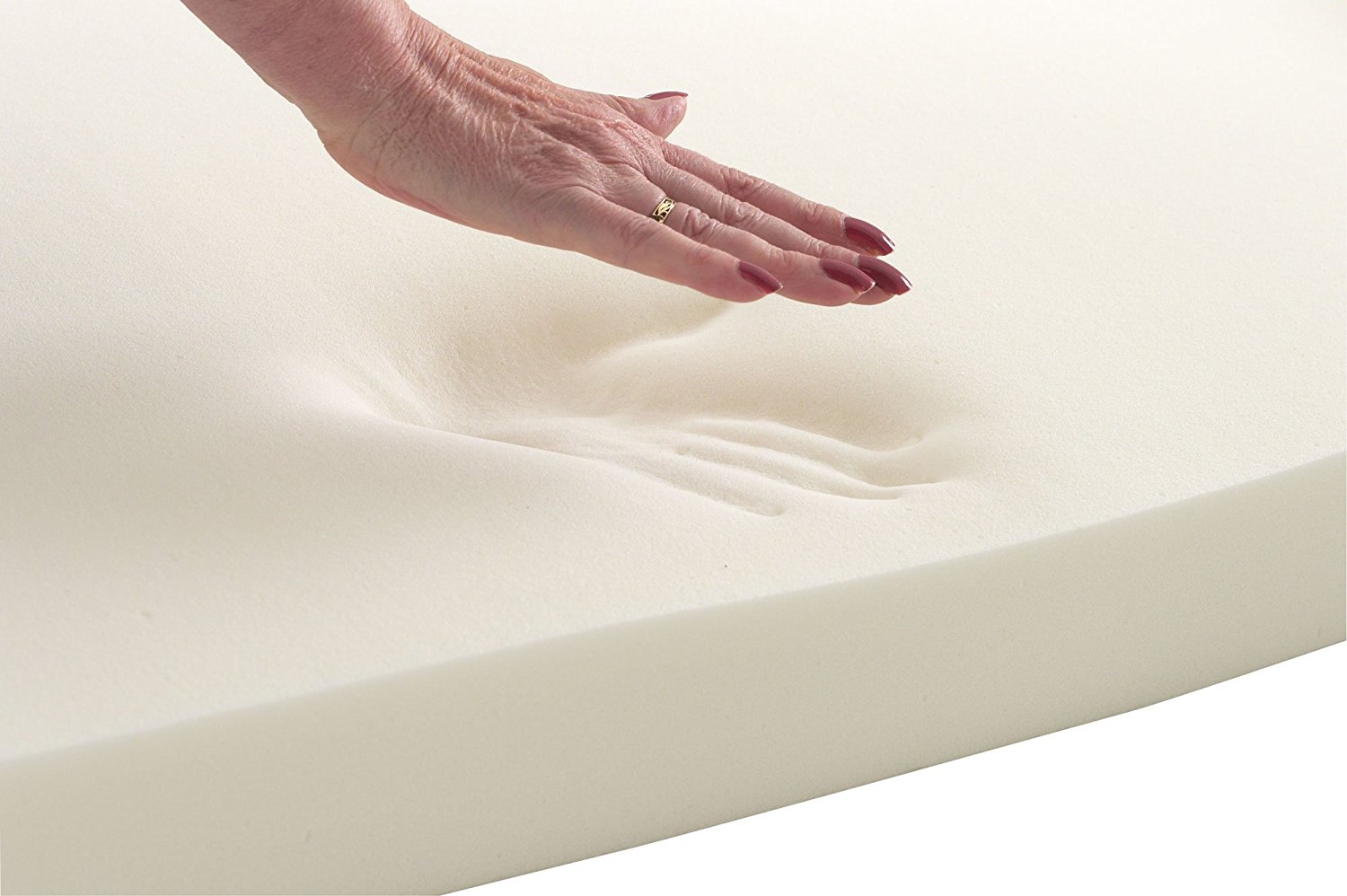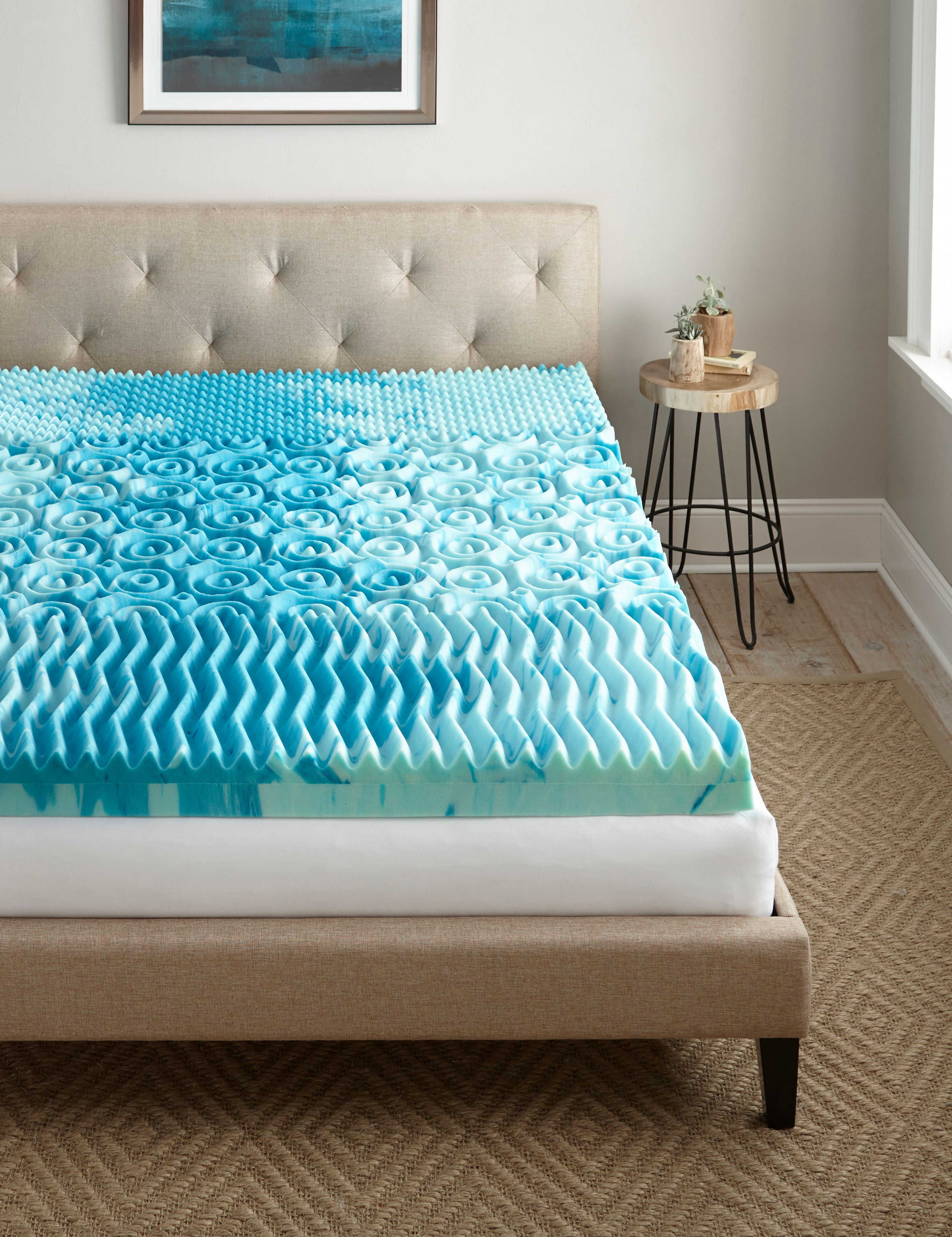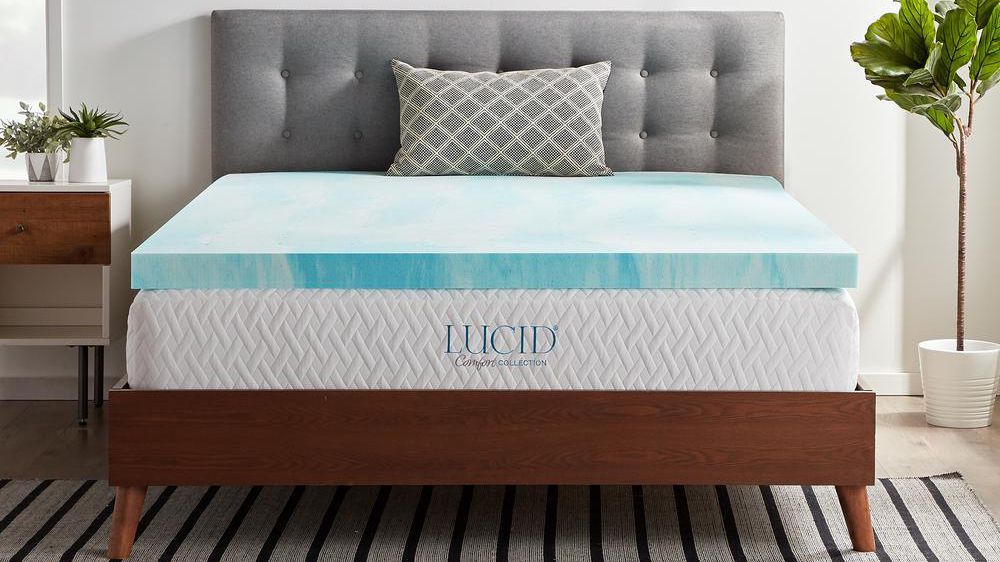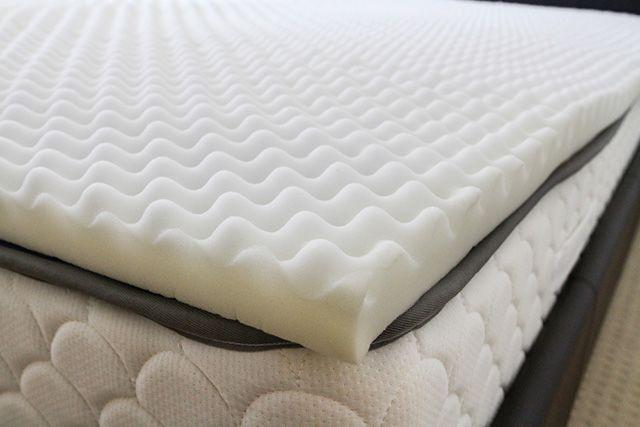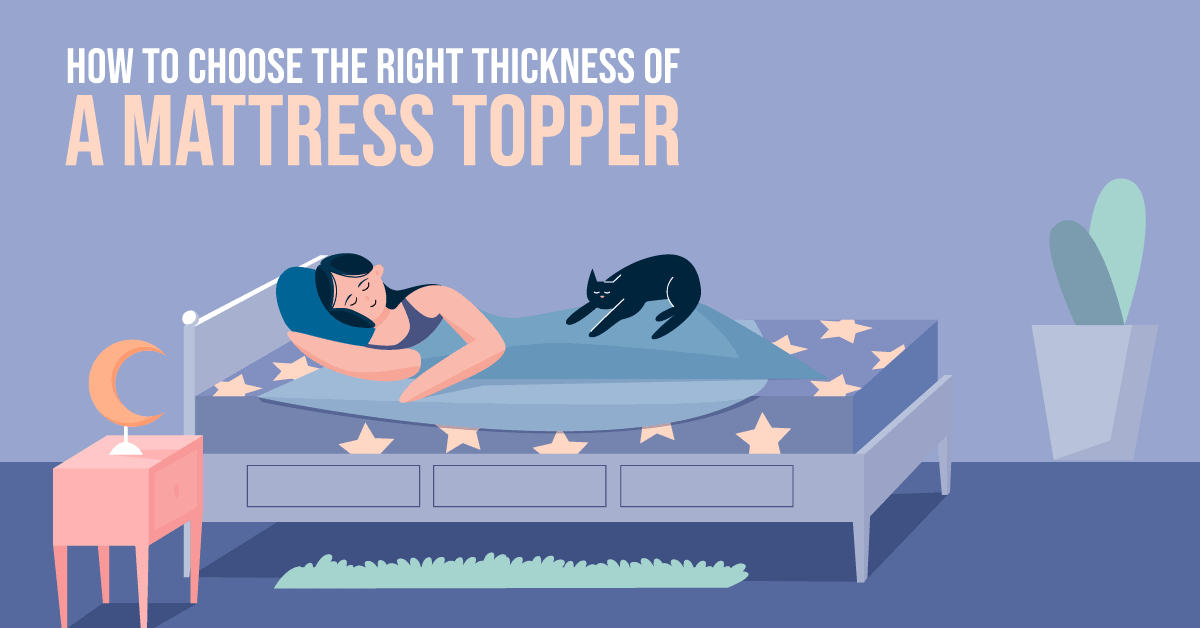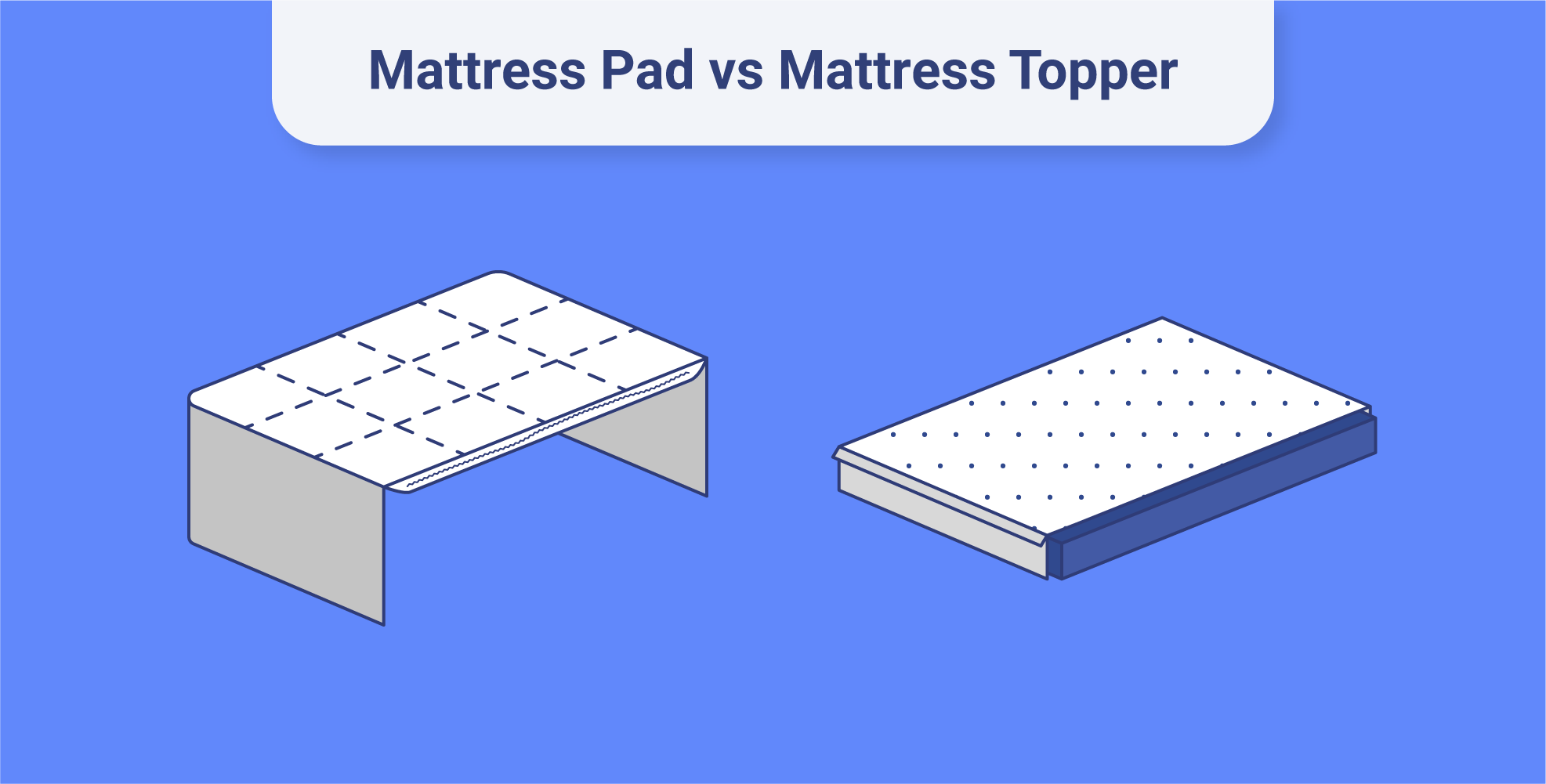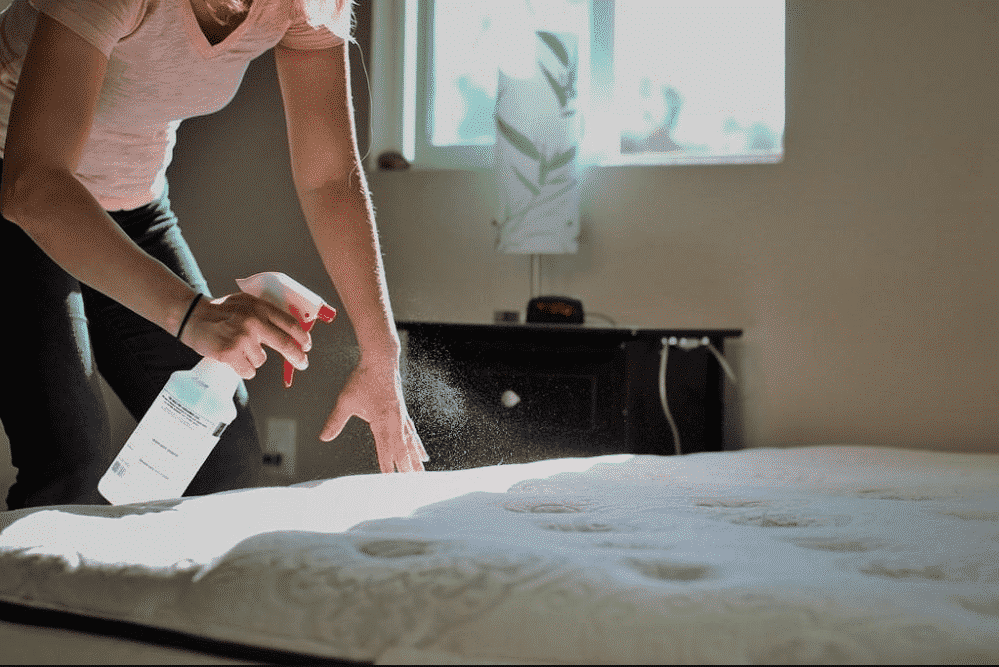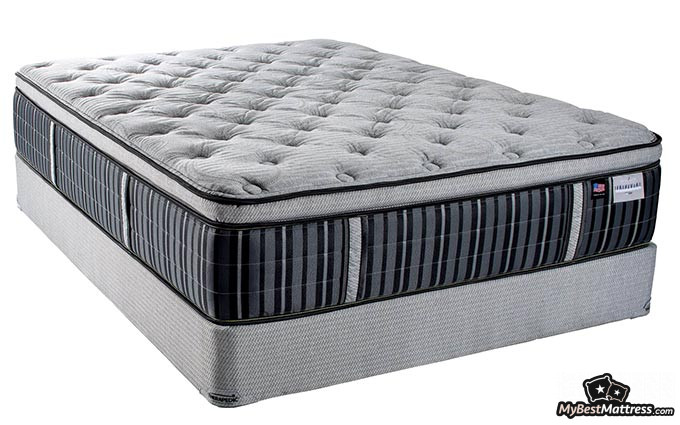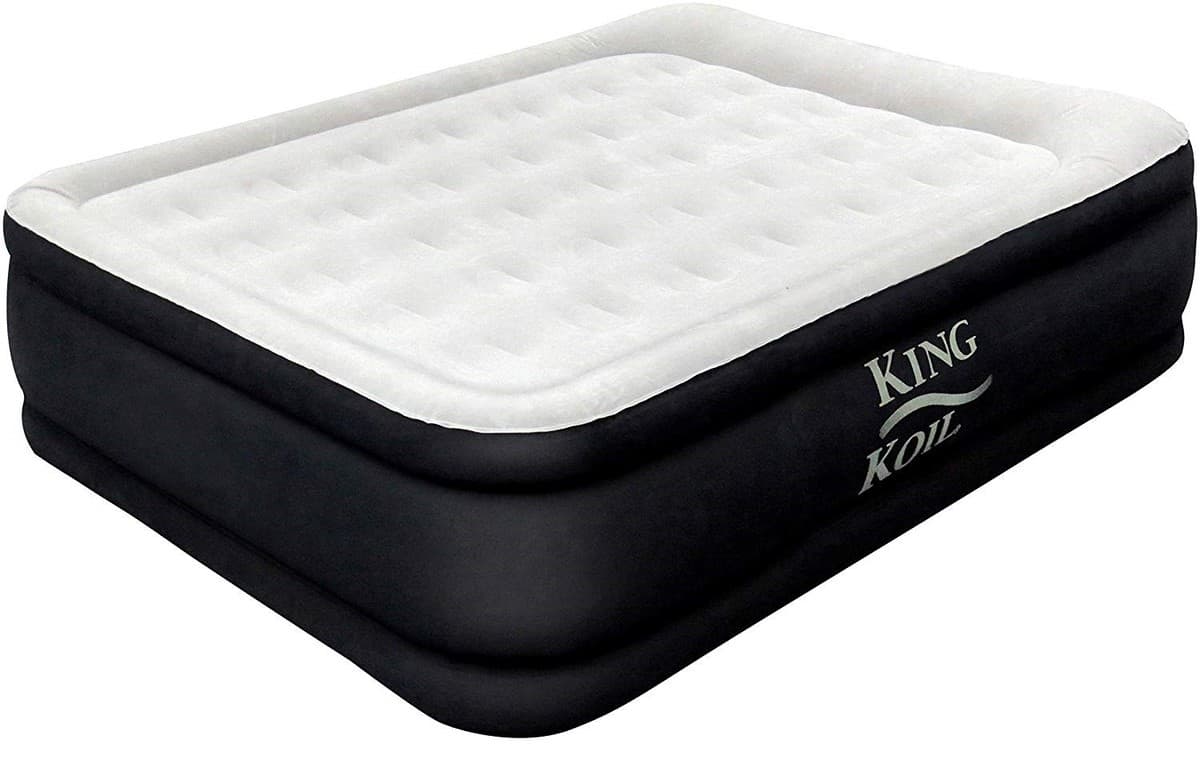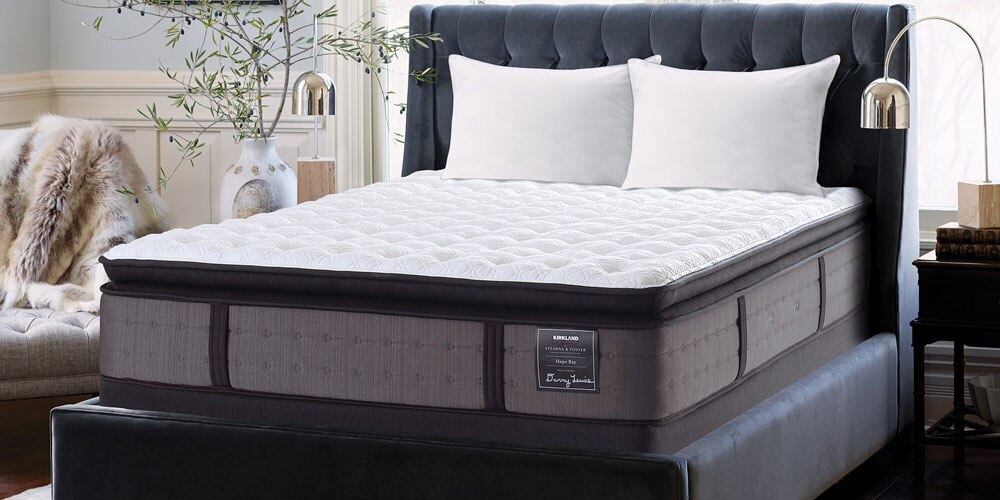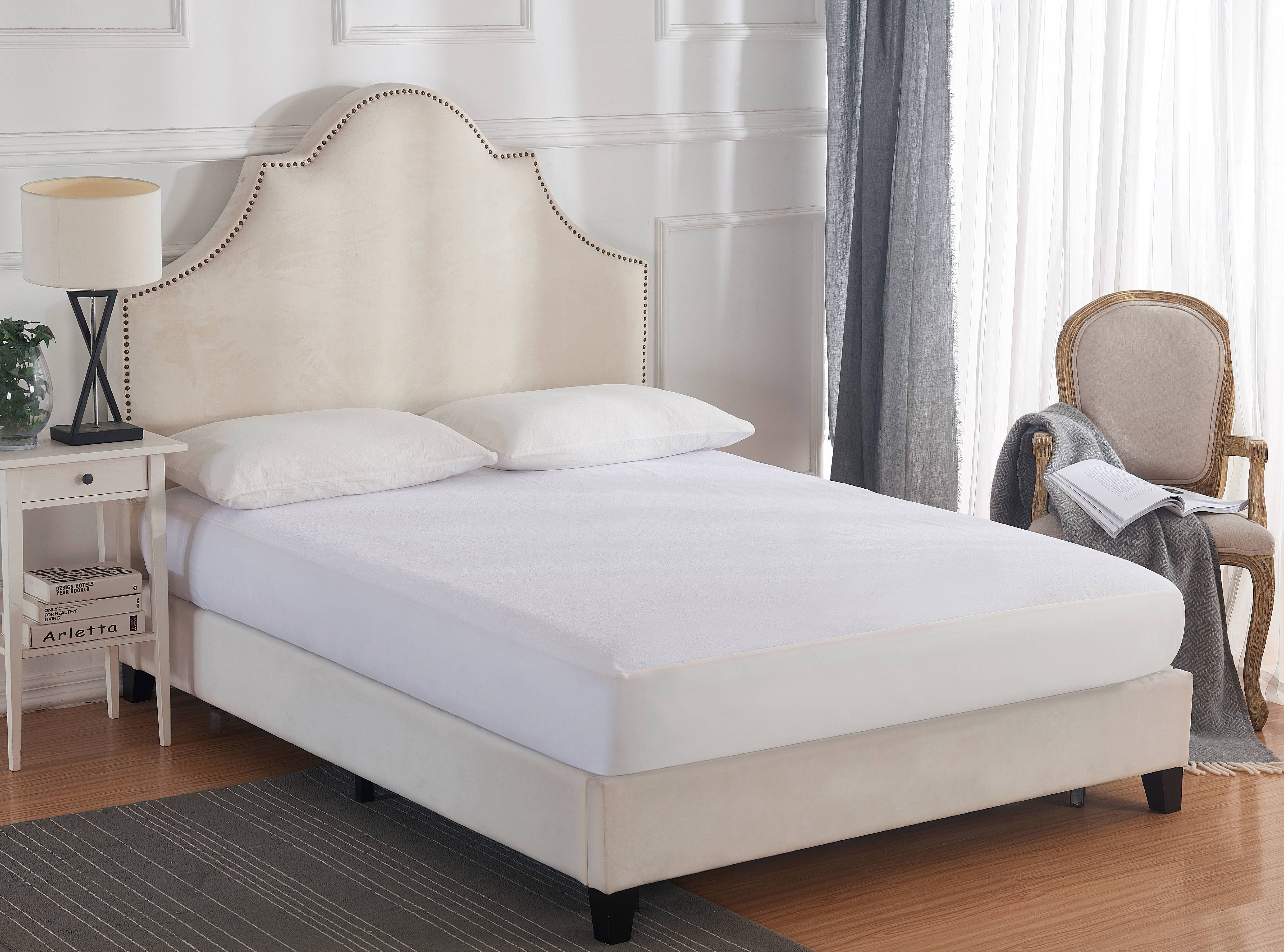Gel mattress toppers have become increasingly popular in recent years, as they offer a cooler and more comfortable sleep experience. However, like any product, they come with their own set of problems. In this article, we will explore the top 5 common issues with gel mattress toppers and offer solutions on how to solve them. One of the main problems with gel mattress toppers is that they can be quite heavy. This can make it difficult to move or adjust the topper, especially if you have a larger size. To solve this problem, you can opt for a lighter gel mattress topper or ask for help when moving it. Another issue with gel mattress toppers is that they can be quite expensive compared to other types of mattress toppers. However, the cooling and comfort benefits they provide may be worth the investment. To save some money, you can look for sales or discounts online or in stores. One of the most common complaints about gel mattress toppers is that they can be too firm or too soft. This can be subjective and depends on personal preferences. To avoid this problem, it is important to choose the right thickness and density for your gel mattress topper. We will discuss this in more detail later in the article. Gel mattress toppers are also known to have a strong chemical smell when first opened. This can be a major turn-off for some people. To get rid of the smell, you can air out the topper for a few days before using it or opt for a natural or organic gel mattress topper. Lastly, gel mattress toppers have been known to have durability issues. Some may start to sag or lose their shape after a few months, especially if they are used every night. To prolong the lifespan of your gel mattress topper, make sure to follow the care instructions and rotate it regularly.1. Gel Mattress Topper Problems: 5 Common Issues and How to Solve Them
Before investing in a gel mattress topper, it is important to weigh the pros and cons to make an informed decision. Let's start with the pros. The main advantage of a gel mattress topper is its cooling properties. The gel material is designed to absorb and dissipate body heat, providing a cooler sleep surface. This can be especially beneficial for those who tend to sleep hot or live in warmer climates. Gel mattress toppers also offer pressure relief, as they conform to the shape of your body and distribute weight evenly. This can help alleviate pressure points and reduce pain in areas such as the hips, shoulders, and back. Another benefit of gel mattress toppers is that they are hypoallergenic and resistant to dust mites, mold, and mildew. This makes them a great option for those with allergies or respiratory issues. On the other hand, there are some cons to consider before purchasing a gel mattress topper. As mentioned earlier, they can be quite expensive compared to other types of mattress toppers. They also tend to be on the heavier side, which can make them difficult to move or adjust. Some people may also find that gel mattress toppers are not as supportive as other types of toppers, such as memory foam. This can be an issue for those with chronic pain or specific orthopedic needs. Additionally, gel mattress toppers may not be as long-lasting as other types of mattress toppers.2. The Pros and Cons of Gel Mattress Toppers
Over time, even the best gel mattress toppers may start to sag or lose their shape. This can be uncomfortable and affect the quality of your sleep. Here's how to fix a sagging gel mattress topper: 1. Rotate the topper: If your gel mattress topper is only sagging in one area, try rotating it 180 degrees. This will distribute the weight more evenly and help the topper regain its shape. 2. Use a mattress topper cover: A cover can provide an extra layer of support and help keep the topper in place. Look for a cover with a non-slip bottom to prevent the topper from moving around. 3. Add a firmer layer: If your gel mattress topper is too soft, you can add a firmer layer on top to provide more support. This can be a memory foam or latex topper, depending on your preferences. 4. Invest in a new topper: If your gel mattress topper is beyond repair, it may be time to invest in a new one. When purchasing a new topper, make sure to choose one with the right thickness and density to avoid future sagging issues.3. How to Fix a Sagging Gel Mattress Topper
While gel mattress toppers are hypoallergenic, some people may still experience allergies or skin irritations when using them. Here are some common causes of gel mattress topper allergies and solutions: 1. Chemicals: Some gel mattress toppers may contain chemicals that can cause allergies or skin irritations. To avoid this, look for a CertiPUR-US certified gel mattress topper, which means it is made without harmful chemicals. 2. Dust mites: Despite being resistant to dust mites, they can still accumulate on your gel mattress topper if not properly maintained. Make sure to regularly clean and rotate your topper to prevent dust mites from building up. 3. Latex allergies: Some gel mattress toppers may have a layer of latex, which can cause allergies in some people. If you have a latex allergy, make sure to check the materials of the gel mattress topper before purchasing. 4. Mold and mildew: If your gel mattress topper is not properly ventilated or cleaned, mold and mildew can grow on it, causing allergies. To prevent this, make sure to regularly air out and clean your topper.4. Gel Mattress Topper Allergies: Causes and Solutions
Back pain can greatly affect the quality of your sleep. If you suffer from chronic back pain, here are some of the best gel mattress toppers to provide relief: 1. Lucid 2-inch Gel Memory Foam Mattress Topper: Made with ventilated gel memory foam, this topper offers pressure relief and spinal alignment for back pain sufferers. 2. Sleep Innovations 4-inch Dual Layer Gel Memory Foam Mattress Topper: This topper has a 2-inch layer of cooling gel memory foam on top of a 2-inch layer of supportive base foam, providing both comfort and support for back pain relief. 3. LinenSpa 3-inch Gel Infused Memory Foam Mattress Topper: With a 3-inch layer of gel-infused memory foam, this topper offers both cooling and pressure-relieving properties for back pain sufferers. 4. Milliard 2-inch Egg Crate Ventilated Memory Foam Mattress Topper: The egg crate design of this topper provides targeted support for back pain, while the gel memory foam offers cooling comfort. Remember to choose a gel mattress topper with the right thickness and density for your specific needs and preferences.5. The Best Gel Mattress Toppers for Back Pain Relief
To ensure your gel mattress topper remains clean and in good condition, here are some tips for cleaning and maintenance: 1. Vacuum regularly: Use a handheld vacuum or upholstery attachment to remove any dust, hair, or debris from the surface of the topper. 2. Spot clean: If there are any stains or spills on the topper, use a mild detergent and warm water to gently spot clean. Avoid using harsh chemicals or bleach as they can damage the gel material. 3. Air it out: Every few months, take your gel mattress topper outside and let it air out for a few hours. This will help get rid of any trapped odors and freshen up the topper. 4. Rotate regularly: To prevent sagging and uneven wear, make sure to rotate your gel mattress topper every few months. 5. Use a mattress topper cover: As mentioned earlier, a cover can provide extra protection and make cleaning and maintenance easier.6. How to Clean and Maintain Your Gel Mattress Topper
When it comes to choosing a mattress topper, the two most popular options are gel and memory foam. Let's compare the two to see which one is better: Gel mattress toppers offer cooling properties, pressure relief, and hypoallergenic benefits. They are also more affordable than memory foam toppers. However, they may not offer as much support as memory foam and can be heavier. Memory foam mattress toppers offer excellent support and pressure relief, making them a great option for those with back pain. They also conform to the shape of your body, providing personalized comfort. However, they can retain heat and be more expensive than gel mattress toppers. In the end, the choice between gel and memory foam mattress toppers depends on your specific needs and preferences. It is important to try out both options and see which one works best for you.7. Gel Mattress Topper vs Memory Foam: Which is Better?
Despite their many benefits, gel mattress toppers still receive some complaints from users. Here are the top 3 complaints and how to address them: 1. The topper is too hot: While gel mattress toppers are designed to be cooling, some people may still find them too hot. To solve this issue, make sure to choose a gel mattress topper with good ventilation and consider using breathable sheets and bedding. 2. The topper is too soft or too firm: As mentioned earlier, choosing the right thickness and density is crucial for achieving the desired level of support. If your gel mattress topper is too soft or too firm, you may need to exchange it for a different one with the right specifications. 3. The topper is too heavy: Gel mattress toppers can be quite heavy, especially in larger sizes. If you have trouble moving or adjusting your topper, consider opting for a lighter option or asking for help when needed.8. The Top 3 Complaints About Gel Mattress Toppers
The thickness of your gel mattress topper can greatly affect its comfort and support. Here's a general guideline on how to choose the right thickness for your specific needs: 1-2 inches: This thickness is ideal for those who only need a little extra cushioning or have a firmer mattress. 3-4 inches: This thickness can provide more pressure relief and support for those with back pain or a softer mattress. 5 inches or more: This thickness is recommended for those who need maximum support and pressure relief, or for older mattresses with significant wear and tear. Remember to also consider the density of the gel material when choosing the right thickness for your gel mattress topper.9. How to Choose the Right Thickness for Your Gel Mattress Topper
As mentioned earlier, gel mattress toppers can have a strong chemical smell when first opened. This is caused by off-gassing, which is the release of volatile organic compounds (VOCs) from the foam material. Here are some solutions to get rid of the smell: 1. Air it out: The simplest solution is to let your gel mattress topper air out for a few days before using it. This will allow the VOCs to dissipate and the smell to fade. 2. Use a fan: If you need to use the topper immediately, you can place a fan near the topper to help speed up the off-gassing process and reduce the smell. 3. Sprinkle baking soda: Baking soda is known for its odor-absorbing properties. You can sprinkle it on your gel mattress topper and let it sit for a few hours before vacuuming it off. 4. Opt for a natural or organic topper: If you are sensitive to strong smells, you can opt for a natural or organic gel mattress topper, which is less likely to have a strong odor.10. Gel Mattress Topper Smell: Causes and Solutions
The Drawbacks of Gel Mattress Toppers

1. Lack of Support
 One of the biggest problems with
gel mattress toppers
is that they often lack adequate support. While they may provide a soft and cushioned surface, they are not designed to properly distribute body weight and relieve pressure points. This can lead to discomfort and even pain, especially for those with pre-existing back issues.
House design
should prioritize the overall support and comfort of the mattress, and gel toppers may not always meet these needs.
One of the biggest problems with
gel mattress toppers
is that they often lack adequate support. While they may provide a soft and cushioned surface, they are not designed to properly distribute body weight and relieve pressure points. This can lead to discomfort and even pain, especially for those with pre-existing back issues.
House design
should prioritize the overall support and comfort of the mattress, and gel toppers may not always meet these needs.
2. Heat Retention
 Another common complaint about
gel mattress toppers
is that they can retain heat. While the gel is meant to provide a cooling effect, it can also trap heat between the body and the mattress, making the sleeper feel uncomfortably warm. This can be particularly problematic for those who already tend to sleep hot or live in warmer climates.
House design
should consider the climate and personal preferences of the sleeper when choosing a mattress topper.
Another common complaint about
gel mattress toppers
is that they can retain heat. While the gel is meant to provide a cooling effect, it can also trap heat between the body and the mattress, making the sleeper feel uncomfortably warm. This can be particularly problematic for those who already tend to sleep hot or live in warmer climates.
House design
should consider the climate and personal preferences of the sleeper when choosing a mattress topper.
3. Durability
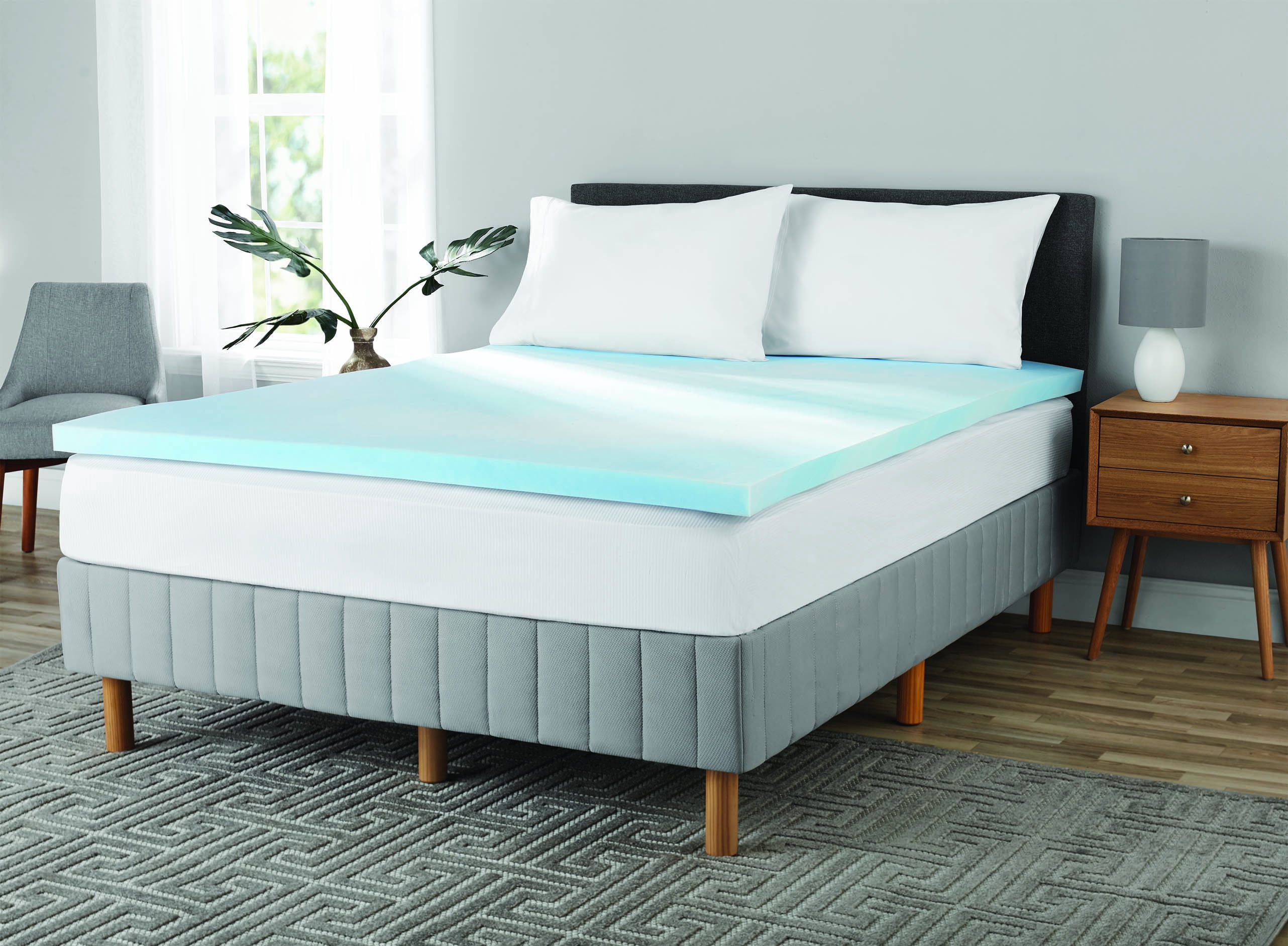 Gel mattress toppers may also have issues with durability. Over time, the gel may start to break down and lose its supportive properties, leading to an uneven and uncomfortable sleeping surface. This can be a frustrating and costly issue, as
mattress toppers
are meant to prolong the life of a mattress.
House design
should prioritize investing in a high-quality mattress rather than relying on a temporary solution like a gel topper.
While gel mattress toppers may seem like an appealing option for adding comfort to a mattress, it's important to consider these potential drawbacks.
House design
should prioritize finding a mattress that provides adequate support and comfort without the need for a topper. However, if a topper is necessary, it may be worth exploring other options such as memory foam or latex, which may offer better support and durability. Ultimately, the right mattress and topper combination can make all the difference in getting a good night's sleep.
Gel mattress toppers may also have issues with durability. Over time, the gel may start to break down and lose its supportive properties, leading to an uneven and uncomfortable sleeping surface. This can be a frustrating and costly issue, as
mattress toppers
are meant to prolong the life of a mattress.
House design
should prioritize investing in a high-quality mattress rather than relying on a temporary solution like a gel topper.
While gel mattress toppers may seem like an appealing option for adding comfort to a mattress, it's important to consider these potential drawbacks.
House design
should prioritize finding a mattress that provides adequate support and comfort without the need for a topper. However, if a topper is necessary, it may be worth exploring other options such as memory foam or latex, which may offer better support and durability. Ultimately, the right mattress and topper combination can make all the difference in getting a good night's sleep.
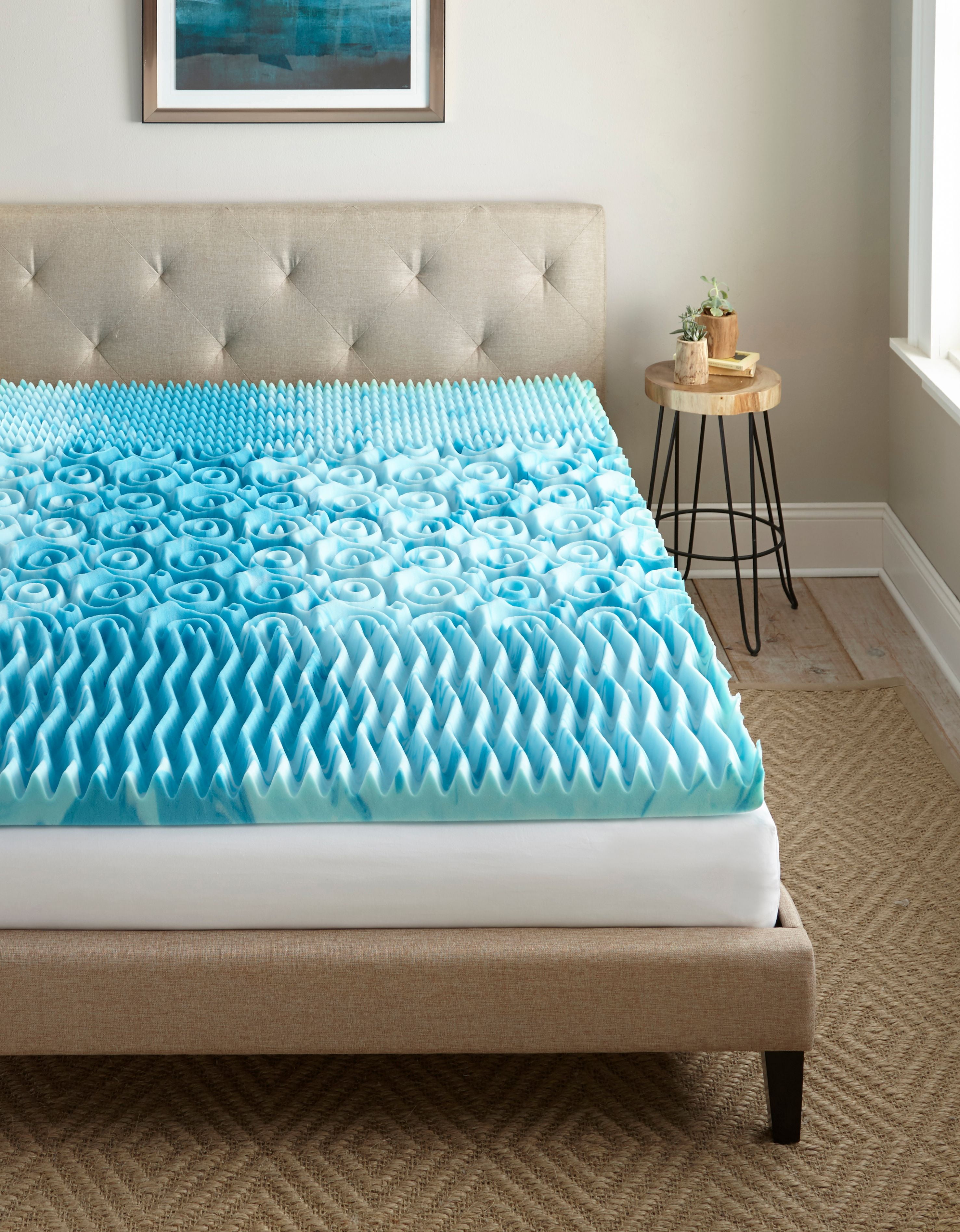


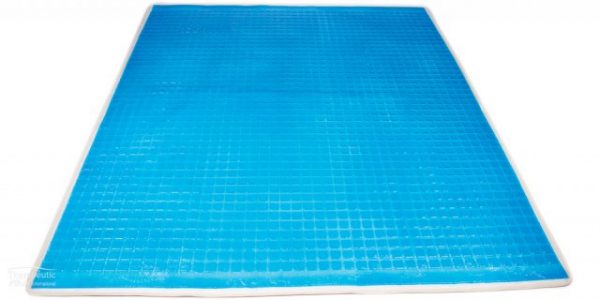



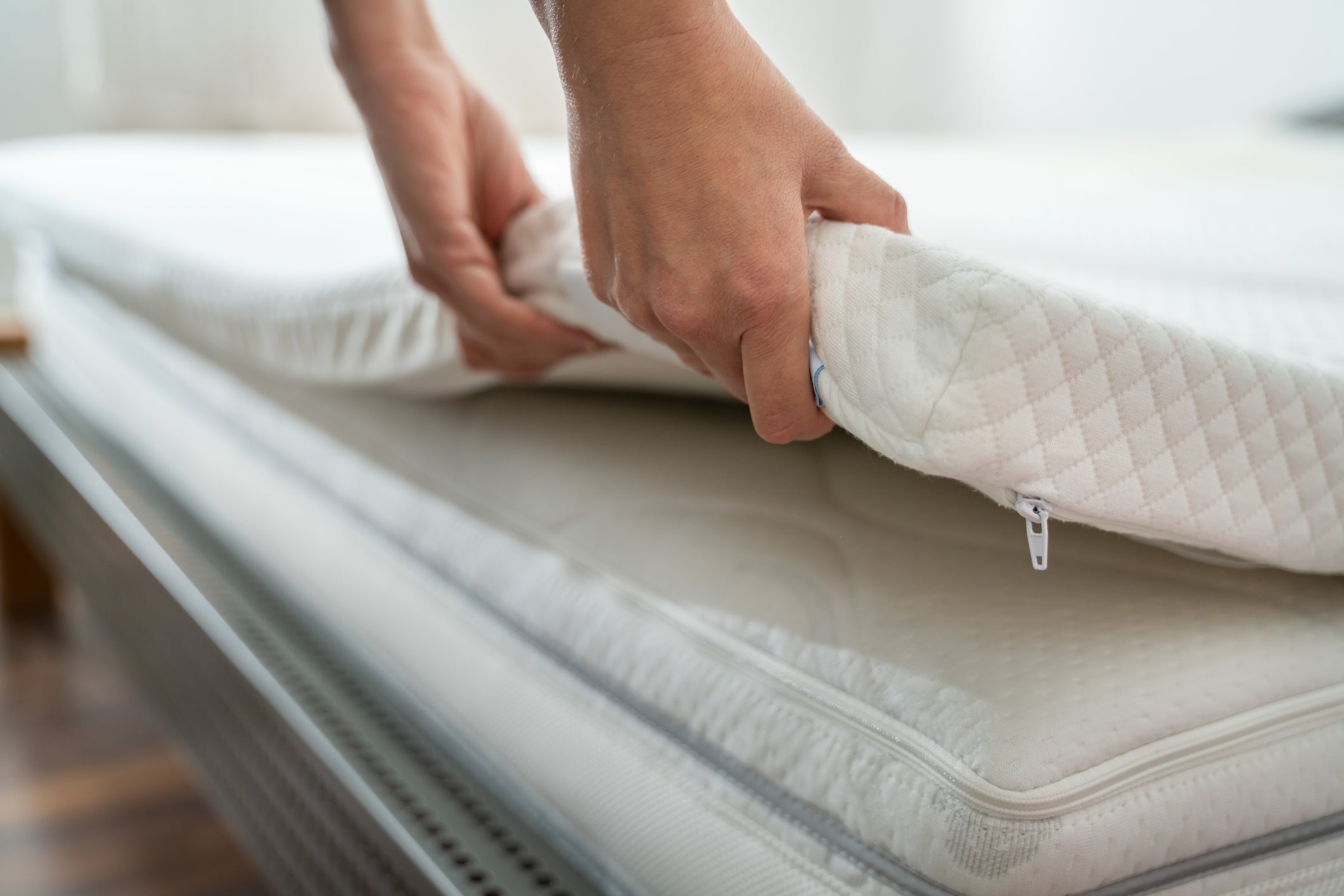


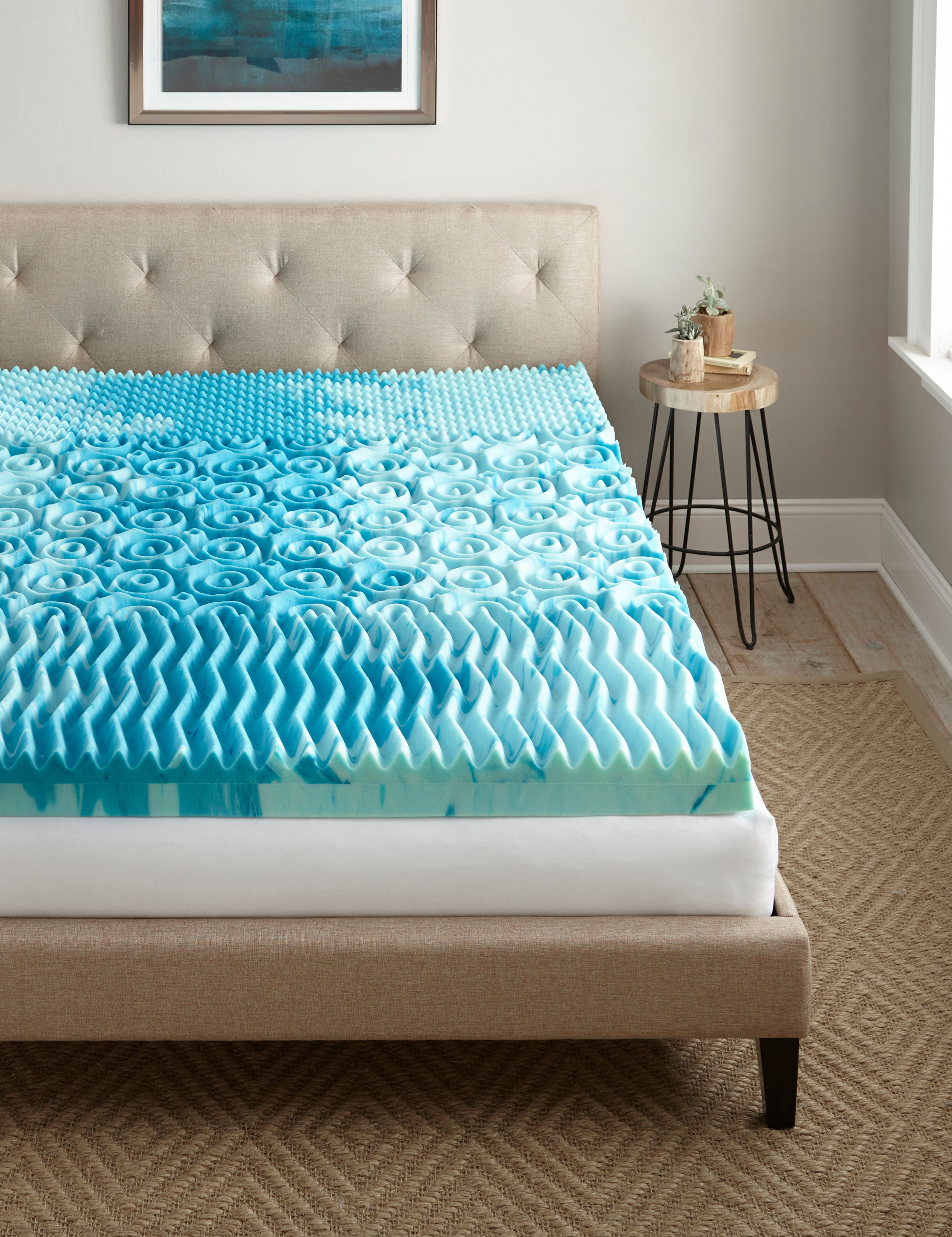

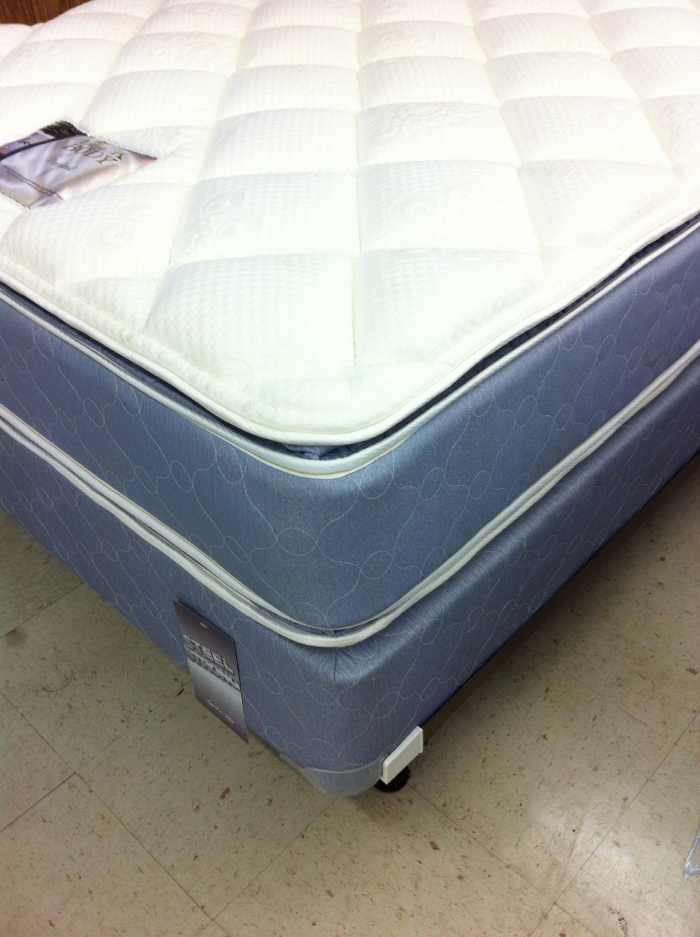
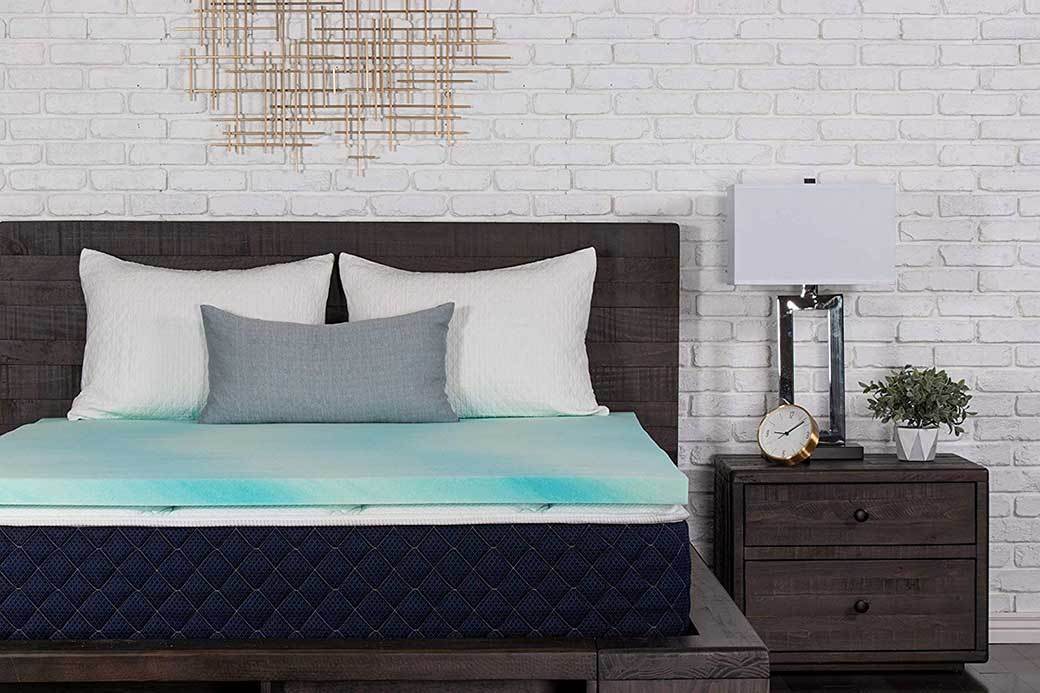




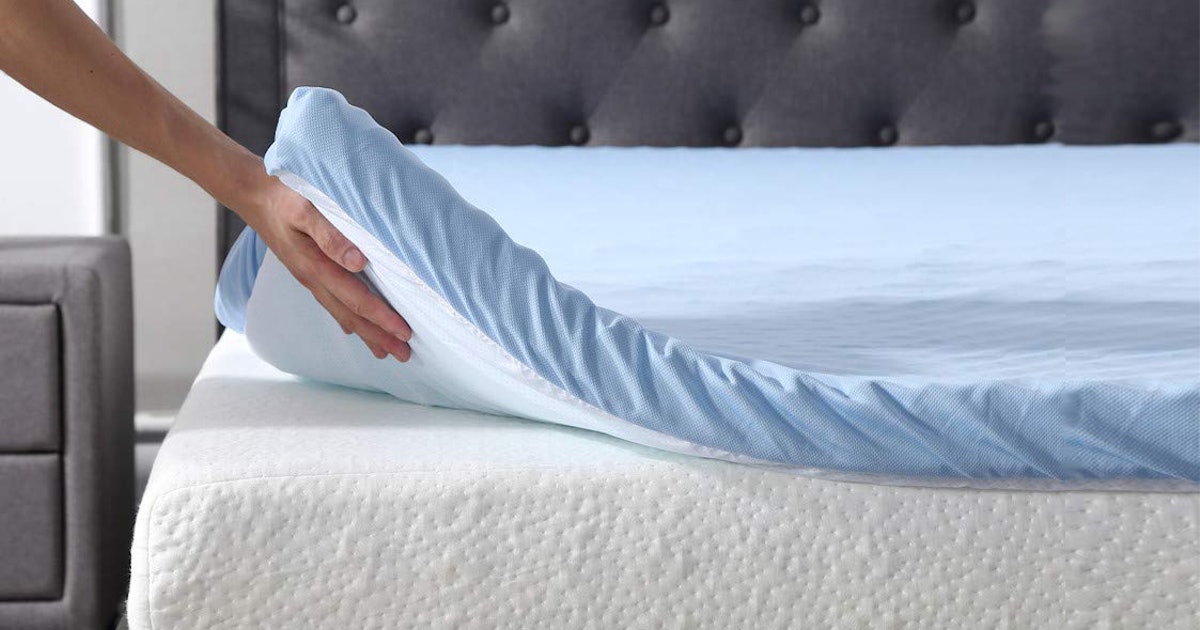


/GettyImages-1206150622-1c297aabd4a94f72a2675fc509306457.jpg)


